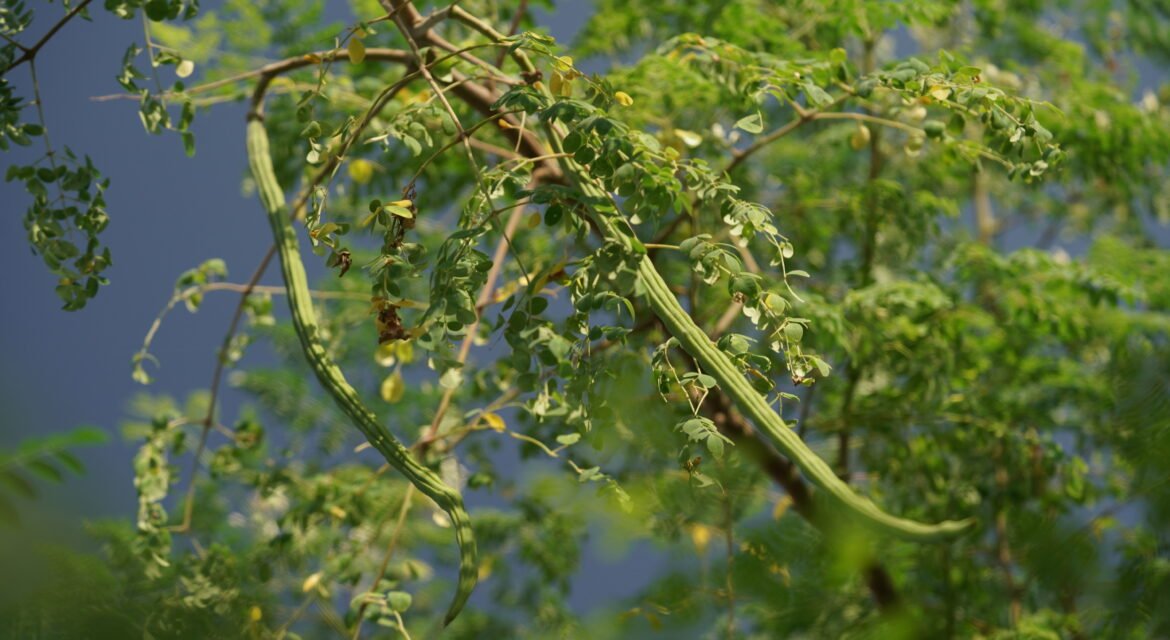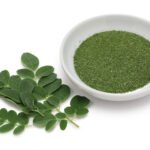 30 April 2025
30 April 2025Why Moringa is the Future of Sustainable Agriculture
In a world grappling with climate change, soil degradation, water scarcity, and the growing demand for nutritious food, the search for sustainable agricultural solutions has never been more urgent. One plant that has quietly risen to the spotlight is the Moringa tree (Moringa oleifera). Often dubbed the “Miracle Tree”, moringa’s exceptional nutritional profile, resilience in harsh climates, and environmental benefits make it a powerful ally in building a more sustainable future in agriculture—especially in developing regions like India and Africa.
Moringa’s Agricultural Resilience
Moringa thrives where many crops fail. Native to parts of India and Africa, this drought-resistant tree can grow in arid and semi-arid regions with minimal water and low-quality soil. Its deep root system helps it survive extreme droughts and poor soil fertility—conditions that are becoming increasingly common due to climate change.
Unlike many water-intensive crops, moringa does not require constant irrigation. Its minimal water needs make it a sustainable choice for regions facing groundwater depletion and unreliable rainfall patterns. For smallholder farmers struggling with inconsistent weather, moringa offers a stable and low-risk crop option.
A Natural Soil Rejuvenator
Beyond its own resilience, moringa contributes actively to soil health. As a nitrogen-fixing plant, it improves soil fertility over time, especially when grown as part of intercropping or agroforestry systems. Its leaf litter enhances organic matter in the soil, boosting microbial activity and improving moisture retention. This naturally revitalizes degraded land, reducing dependence on chemical fertilizers and supporting long-term agricultural productivity.
Additionally, moringa trees serve as effective windbreaks and erosion controllers. Their extensive roots anchor the soil, while their canopy provides shade, preventing rapid evaporation and protecting more delicate crops grown alongside them.
High Yield, Low Input
What makes moringa even more appealing is its high yield with low maintenance. The tree begins producing leaves within six months of planting and can be harvested multiple times a year. Both its leaves and seed pods have commercial and nutritional value, allowing farmers to diversify their income streams without needing intensive resources.
Its rapid growth and ability to regenerate after pruning also means farmers can sustainably harvest leaves without damaging the tree. This regenerative capacity reduces labor and replanting costs, making it an economically viable crop for small-scale farms.
Nutritional Powerhouse with Global Demand
One of the most compelling reasons for moringa’s growing prominence is its nutritional value. Rich in vitamins A, C, and E, as well as calcium, potassium, and protein, moringa is considered a complete plant-based food. The leaves, in particular, are loaded with antioxidants and anti-inflammatory compounds that support immune health, energy, and digestion.
In regions battling malnutrition, moringa can be a local, affordable, and sustainable solution to improve dietary diversity. Its ability to be incorporated into a wide range of foods—soups, smoothies, teas, and flours—makes it accessible for daily use. As global awareness of superfoods grows, moringa’s popularity is expanding, increasing its potential as a cash crop for export markets.
Supporting Climate-Resilient Farming Systems
Incorporating moringa into existing farming systems can significantly boost climate resilience. When integrated with other crops in agroforestry models, moringa trees provide natural shade, shelter, and soil cover. This promotes biodiversity, reduces pest pressure, and minimizes the need for synthetic inputs like pesticides and herbicides.
Such systems also help farmers adapt to climate unpredictability by diversifying outputs—if one crop fails due to weather, moringa can continue producing. This kind of crop insurance is becoming increasingly valuable for subsistence farmers living at the mercy of the environment.
Minimal Waste, Maximum Use
Every part of the moringa tree can be used—making it one of the most zero-waste crops in agriculture. Here’s a quick breakdown:
- Leaves: Used for food, tea, and nutritional supplements.
- Pods (Drumsticks): Popular in South Asian cooking and high in fiber.
- Seeds: Pressed for oil, or used to purify water due to their coagulant properties.
- Roots & Bark: Used in traditional medicine.
- Stems and branches: Can be composted or used as biomass fuel.
This versatility reduces farm waste and enhances profitability for those cultivating moringa.
Empowering Local Economies and Communities
Moringa farming empowers rural communities, particularly women, who often lead cultivation and processing efforts. By turning moringa into value-added products like powders, capsules, and teas, local entrepreneurs can create small-scale industries that add economic resilience to farming regions.
Moreover, because moringa can be grown organically with little effort, it naturally aligns with ethical farming practices that protect the environment and support consumer demand for clean, chemical-free food.
Conclusion: Planting a Greener Future with Moringa
In many ways, moringa represents the future of sustainable agriculture. It meets the key criteria we need in the face of modern agricultural challenges: drought resistance, soil enrichment, high nutritional value, economic viability, and ecological benefits. Its cultivation aligns with global goals for food security, climate resilience, and regenerative farming.
As awareness grows and more farmers adopt sustainable practices, moringa will likely become a cornerstone crop for smallholder agriculture—not just in India, but across the globe. By investing in this humble tree today, we plant the seeds of a healthier, more sustainable tomorrow.





